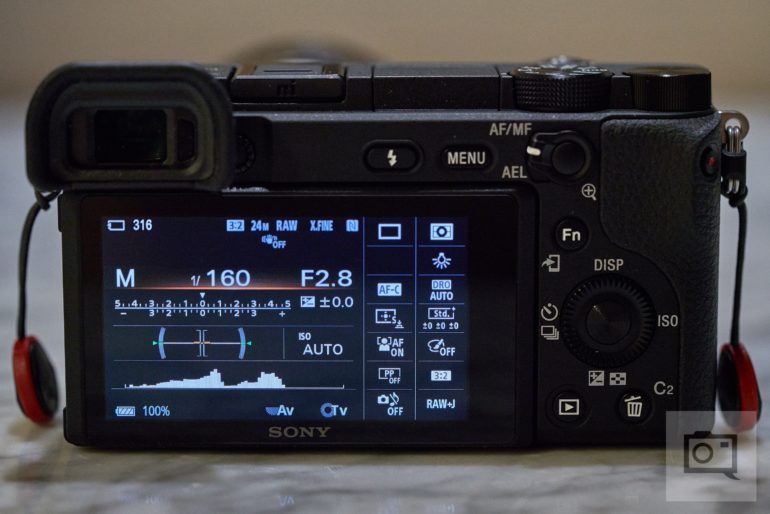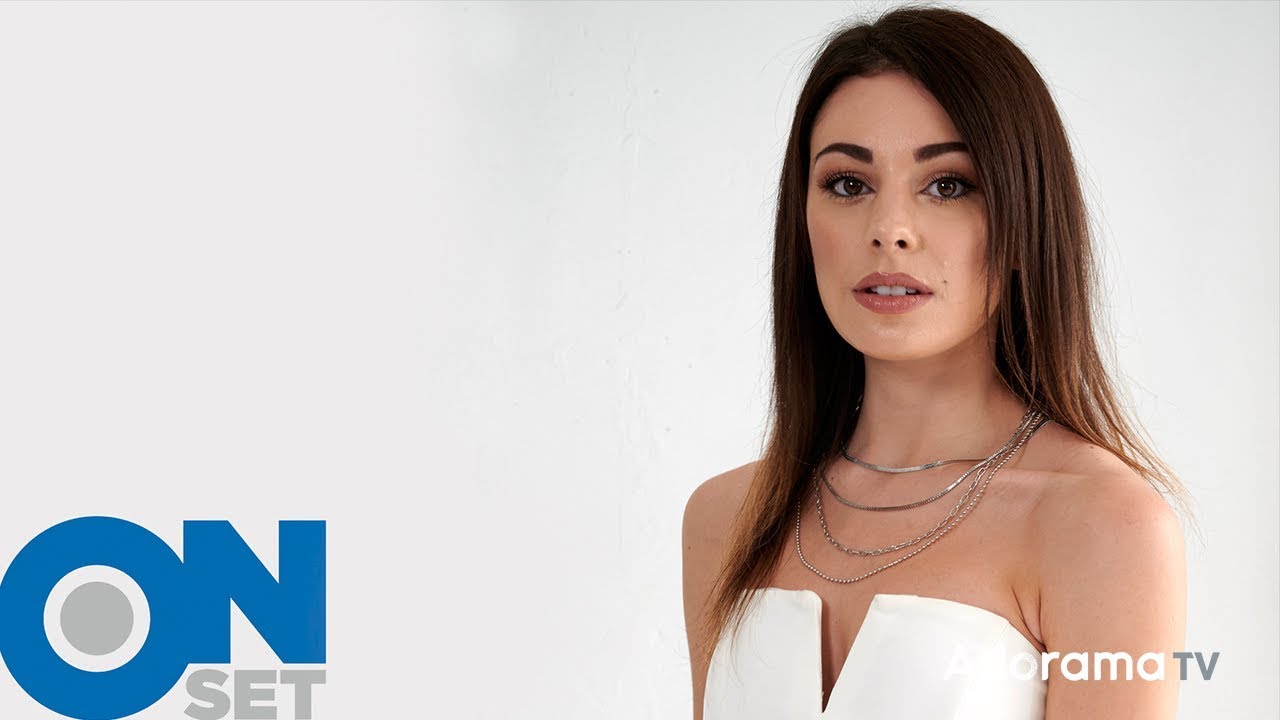To get the perfect exposure, you must have a basic understanding of how to balance your camera settings; this video will show you how to do just that.
Why did you use those particular settings for your shot? It’s a question we get asked a lot, and if you haven’t experienced being asked that question yet, it’s just a matter of when. Daniel Norton gets asked this question often, so he decided to make a very short educational video that explains how to balance your camera settings for the perfect shot every time. We have the video for you after the jump, so be sure to join us there.
Ah, the exposure triangle, what a glorious thing it is. It’s the source of much confusion, but once you learn how to master shutter speeds, ISO, and aperture settings on your camera (we happen to have a handy dandy guide here), you will be well on your way to photography greatness. Video’s like this one from Daniel Norton is also great too. Now, Daniel’s video does not talk about the technical side of camera settings; he instead talks about the practical side of things, so, for example, why we set our camera settings certain ways for effect.

For this video, Daniel is shooting with a Nikon Z6 in his natural light studio in NYC, but he also throws in the light from a Savage LED light to make the shot a little nicer. At first, he takes a few shots in P mode to show what the camera will try to meter when his subject is wearing white and is against a white background. As you can imagine, things get a little gray, as that is what the camera is always trying to produce. The output from this first shot leads us to why shooting in manual mode and understanding exposures is so important.
In just over six minutes, Daniel will show you why you shouldn’t over-rely on image stabilization and why you should always shoot at reciprocal shutter speeds. Reciprocal shutter speed means making sure your shutter speed is at least as fast as your focal length is long so that you can minimize blur from you shaking and so on. Daniel also explains why you should choose the correct aperture to give the effect you want (more or less bokeh) and how to use it to generate a brighter exposure.
Daniel also explains why you should not crank up the ISO too high even though modern cameras can shoot at high ISO’s. Raising your ISO can and will seriously degrade your image, and you can lose fine detail, which you need for certain types of photography.
So what is Daniel’s solution to being able to get the perfect shutter speed and aperture while keeping ISO’s low enough not to create noise? Lighting. Yup, the same thing we talk about all the time here at The Phoblographer. Learn how to light. If you have a spare six and a half minutes, check out the video, see Daniel’s examples, and get a better understanding of why he chooses the camera settings that he does.


